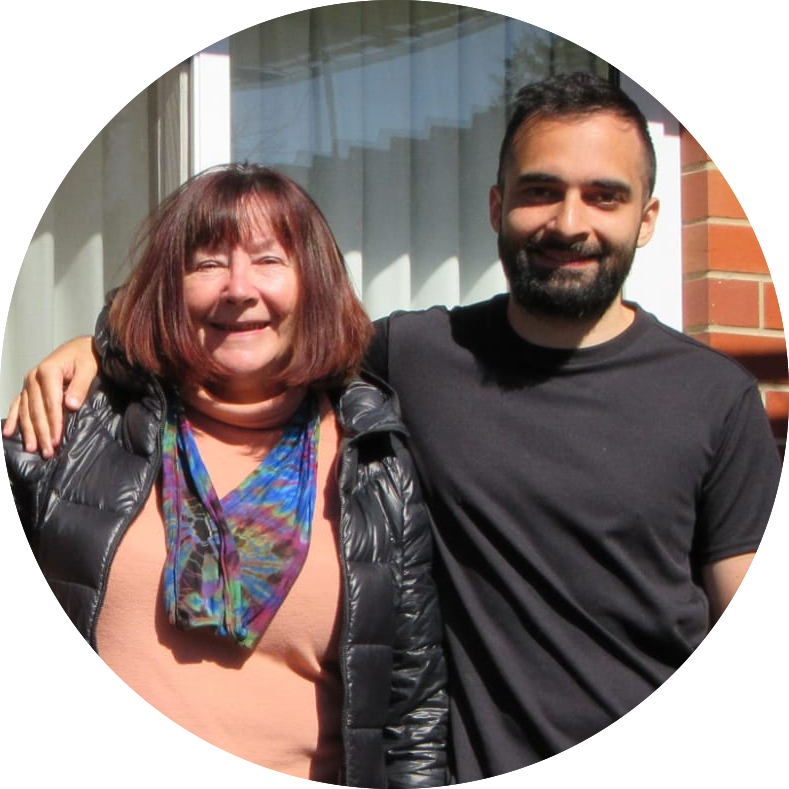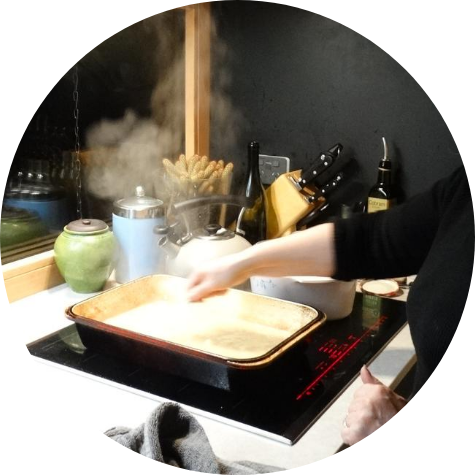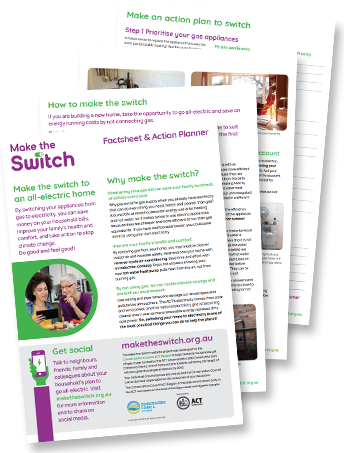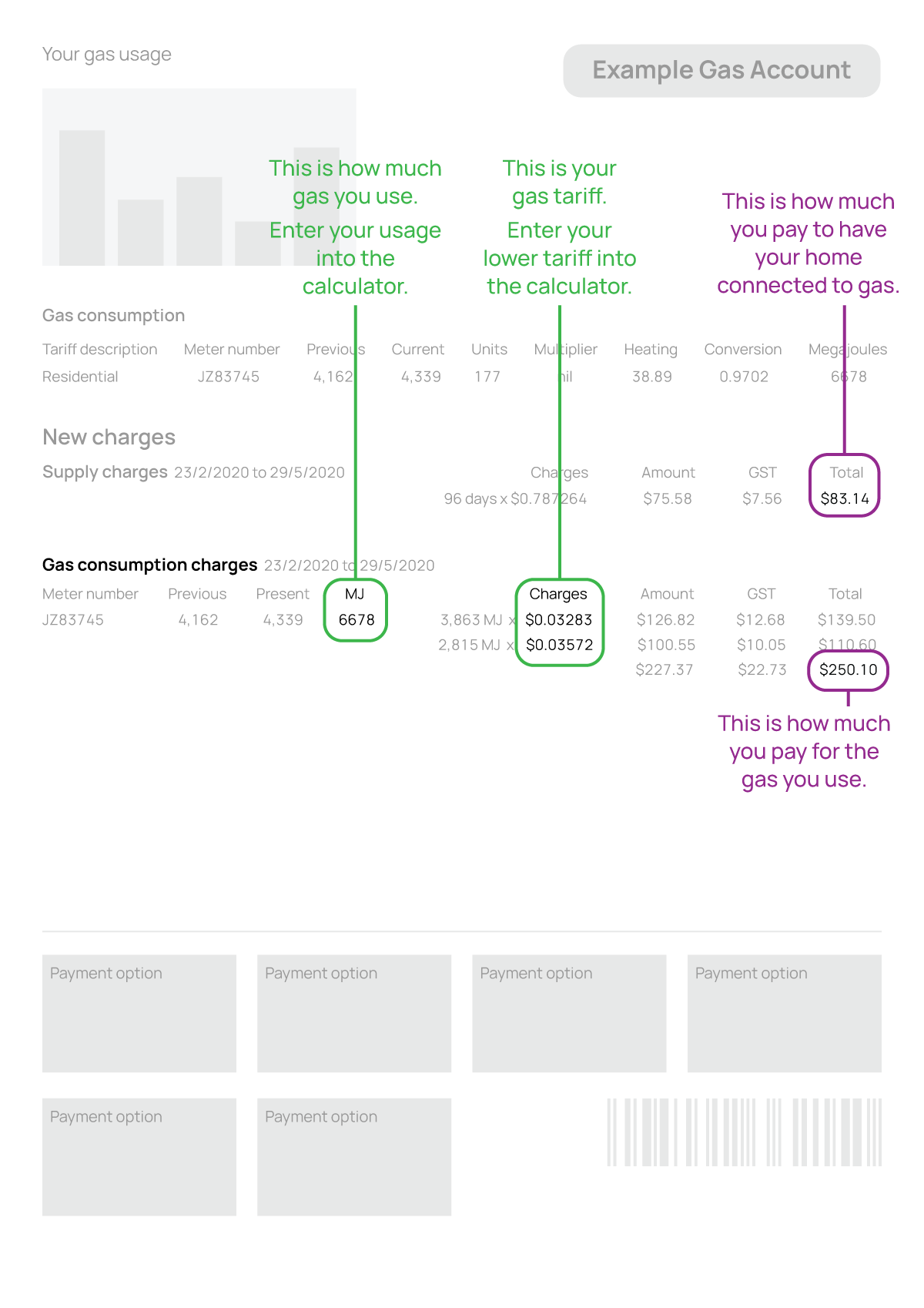When the Jago family embarked on renovations to their 3-bedroom family home in the Tuggeranong Valley, they started by comparing the costs of electric versus gas appliances and quickly realised that the economics of connecting gas did not stack up.
They chose instead to install ducted reverse-cycle air-conditioning for heating and cooling, a rooftop solar flat-plate hot water system and an induction cooktop for a total of about $16,000, versus the $20,000 they had been quoted to add gas. The family spent another $13,000 adding a 10kW rooftop solar PV system in two stages. “So on face value we spent more than the gas conversion, BUT we have not paid 1 cent on a power bill in the past 10 years.” The Jagos estimate that they have saved over $25,000 over ten years by not connecting gas and exporting their excess solar power for others to use.
“I wouldn’t install gas when I can use renewable energy – the economics are just a bonus.”
Although going all-electric was a clear winner financially, for the outdoor-loving family, the decision was about more than just the savings. Spending summers bushwalking and biking and winters skiing in the mountains, the Jagos decided “if you can, you should neutralise your greenhouse emissions”. They reckon they’ve saved 18.5 tons of CO2 from entering the atmosphere.







